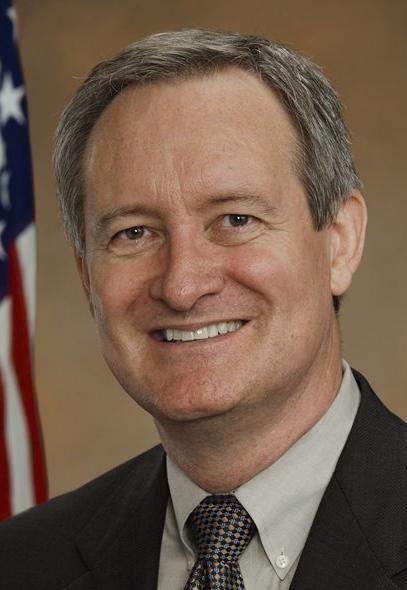The wonderful Marin Cogan writes at great length about a problem few reporters would admit. It is very difficult to tell apart many members of Congress. The Senate, not so hard, once you distinguish Idaho’s Mike Crapo (L) from Nebraska’s Mike Johanns (R):

 Crapo is often seen making deals with moderates. Johanns is not. But senators are (generally) around for six years at a time, which makes memorization easy. Not so with the House. Whenever House members vote, reporters gather in one of four locations near the floor—mostly in the “Speaker’s lobby”—and collar whomever they can. Same deal when there’s a conference meeting and Republicans stream in and out of a basement room in the Capitol. It’s crowded. It’s confusing. From Cogan:
Crapo is often seen making deals with moderates. Johanns is not. But senators are (generally) around for six years at a time, which makes memorization easy. Not so with the House. Whenever House members vote, reporters gather in one of four locations near the floor—mostly in the “Speaker’s lobby”—and collar whomever they can. Same deal when there’s a conference meeting and Republicans stream in and out of a basement room in the Capitol. It’s crowded. It’s confusing. From Cogan:
Another reporter remembers using a quote from a high-ranking Democratic Representative John Lewis, the celebrated Civil Rights hero from Georgia, delivered to him by a colleague for his story—and being embarrassed to learn, after the story appeared in print, that it was actually Representative Elijah Cummings, another bald, African American Democrat, from Maryland, who had given the quote. Yet another reporter recounts an exasperated Representative Darrell Issa, Republican of California, throwing up his hands and declaring to the reporters chasing him, “I am not Vito Fossella!” in the midst of a controversy over the former New York Representative’s fathering a love child.I’d add an important sidebar. When a massive story engulfs the city—the fiscal cliff, say—the number of reporters on the Hill multiplies. Almost any quote from any member is worth something for a story. How many conservatives can you get to pre-condemn a deal? Who’s breaking ranks? And so on. In these moments, it is actually fairly common for a member of Congress to stop and talk to a reporter, and for other reporters (seeing easy prey) to run over and stick recording devices near the member’s mouth. More often than you’d think, a reporter nudges his or her way into a prime position, asks questions, and then, when the member leaves, asks his or her peers: “Who was that?”